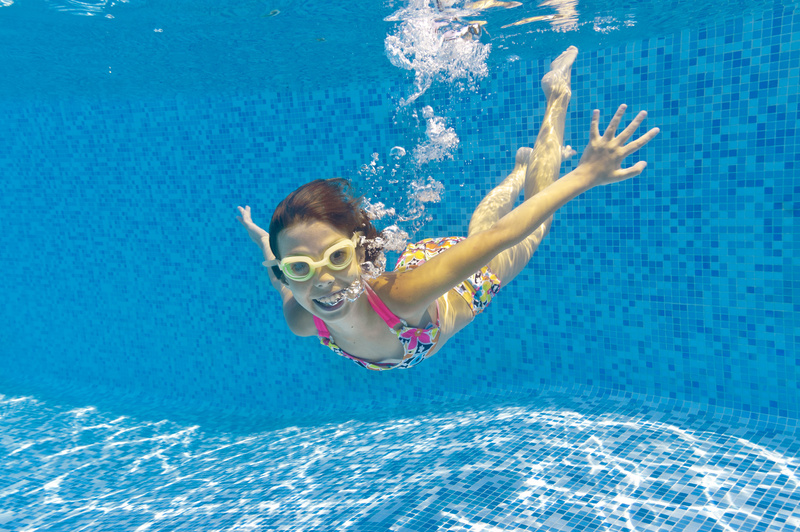.
Common Myths
For some reason, swimming is a subject surrounded by misinformation. These myths can get in the way of learning what should actually be a fairly straightforward set of skills. Here are a few to get you thinking. We encourage our students to ask questions – so don’t be afraid to ask. There is no such thing as a stupid question.
[These myths, and many more, will be explained in more detail in Nick’s new book – expected to be published next year]
The myth of Learning To Float
A lot of non-swimmers are convinced they sink like a stone – whereas the truth is that the vast majority of humans are naturally buoyant. Typically these people have picked up false ideas about how they ‘ought’ to float.
Others complain that their feet sink. Usually they have been told they need to learn to float on their back to be able to swim. The truth is that (1) many of us have sinking feet but swim fine (2) floating on your back is not easy at first for anyone (3) floating on your back is not necessary to learn to swim.
A lump of wood doesn’t have to ‘learn’ how to float, and neither do you. You need to discover whether you do or don’t – and there is no ‘right’ way to worry about.
And one more thing – Genuine sinkers have very low body fat, i.e. they are typically super fit. This includes world-class swimmers - being a sinker does not mean you can’t swim!
The myth of Explosive Breathing
This is the idea that you should hold your breath till the last moment then quickly (‘explosively’) exhale immediately before you breathe in. The justification offered is that it increases your buoyancy. But since humans float anyway, this is totally unnecessary. And it’s incredibly awkward (Try doing it when you’re running!)
Another rationale we have heard is that it could allow you to absorb more oxygen from each breath. There is no scientific evidence whatsoever to support this.
The myth of Bilateral Breathing
This is the theory that in front crawl you should breathe on the odd strokes rather than the even ones, so you alternate left and right side. The reason offered is it helps avoid a lopsided stroke. We disagree for several reasons:
1. We think you should breathe when you need air – and that is the only consideration.
2. If breathing disrupts your stroke, it is a problem whether it happens on one side or both. The solution is to improve your technique, so it doesn’t disrupt.
3. It is useful to be able to breathe both sides – but you can work on that by alternating lengths of left breathing and right breathing.
The myth of Stamina
This is the person who needs a rest after each length. "I need to build up my stamina" they say. But often they’re really fit triathletes who can run and cycle for miles. There isn’t a special kind of stamina for swimming – stamina is stamina. That feeling of exhaustion is Oxygen Debt caused by bad breathing habits.
The myth of working on your [Freestyle] kick
We see a lot of swimmers ploughing up and down holding a float as they work on strengthening their kick. But almost half a century ago, in 1968, James ‘Doc’ Counsilman proved experimentally that the freestyle kick contributes very little propulsion. Ok, if you’re a serious competitive swimmer, every little bit counts. But for most of us, a relaxed kick is perfectly adequate – and much less tiring. (Triathletes take note!)
The myth of Cupping Your Hands to ‘Hold’ the Water
It’s amazing how many swimmers get told to cup their hands to hold the water. In fact this reduces the projected surface area of your hands. (Not sure what that means? Cup your hand on a piece of paper and draw round it – that’s what we’re talking about.) Counsilman (yes, him again) proved that cupping your hands makes them less effective.
He also proved that spreading your fingers is fine – the surface area stays the same. The idea that water slips between your fingers is another fallacy.
The myth of the S Curve
Ironically, one of the things Counsilman got wrong ended up being adopted as Gospel by the swimming community worldwide. This is the idea that you need to make a strange S shape with your hands to conjure up a mysterious "lift" force. In this case Counsilman was not as scientific as he liked to think – his arguments were flawed, and he ignored evidence that contradicted his theory. Strangely this idea is still very widespread, despite being disproved long ago.

